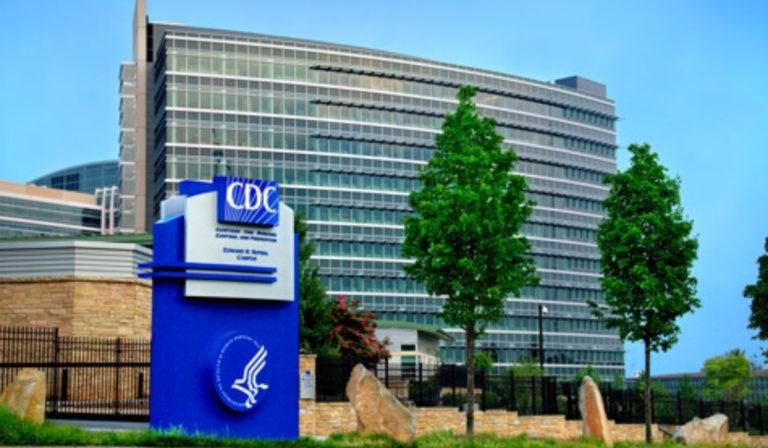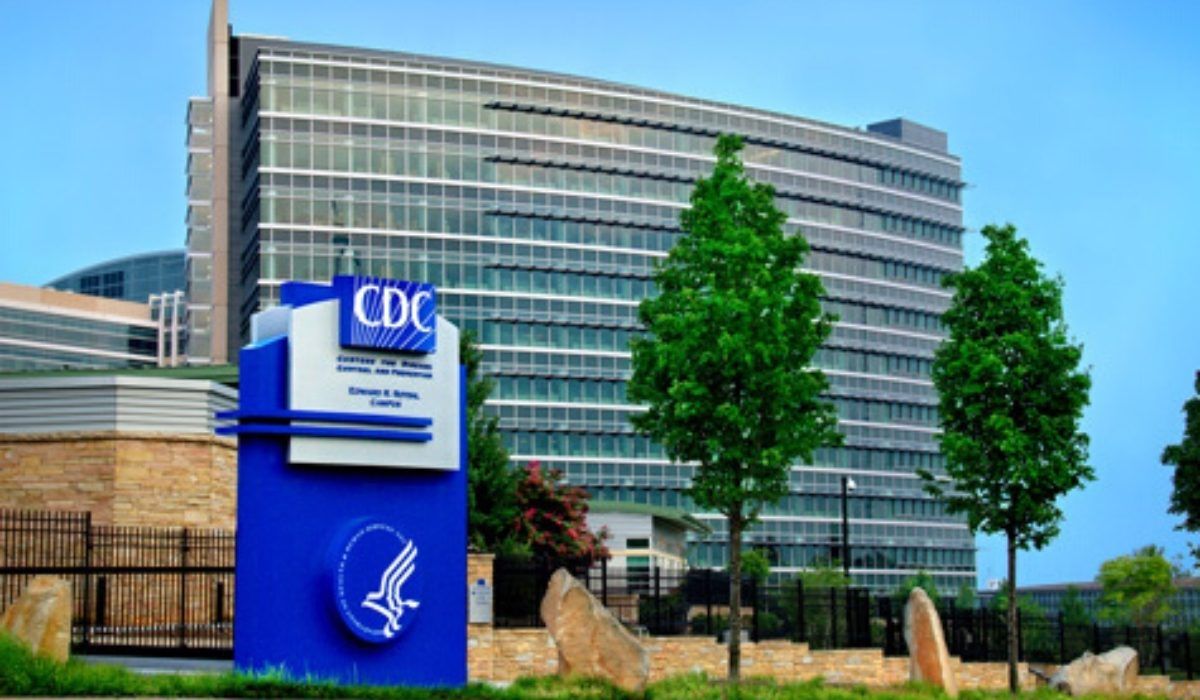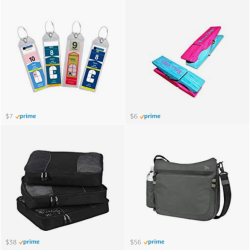The CDC’s extension of the Conditional Sailing Order (CSO) officially expired on January 15, 2022. Now, the agency recommends that cruise ships operating in U.S. waters participate in the CDC’s voluntary COVID-19 Program for Cruise Ships.
CDC Releases Voluntary COVID-19 Program for Cruise Ships
Despite the lapse in time since the CSO expired, the CDC has just released the technical instructions for this voluntary COVID-19 Program for Cruise Ships. This new document provides instructions for cruise lines operating foreign-flagged cruise ships in U.S. waters. It is designed to ensure the health and safety of passengers and crew in a way that mitigates the risk of spreading COVID-19.
This new program is optional. Thus, cruise lines have the option to opt into the program. If a cruise line does voluntarily opt into the COVID-19 Program for Cruise Ships, it must follow all recommendations and guidance. The cruise line cannot choose which recommendations to follow.
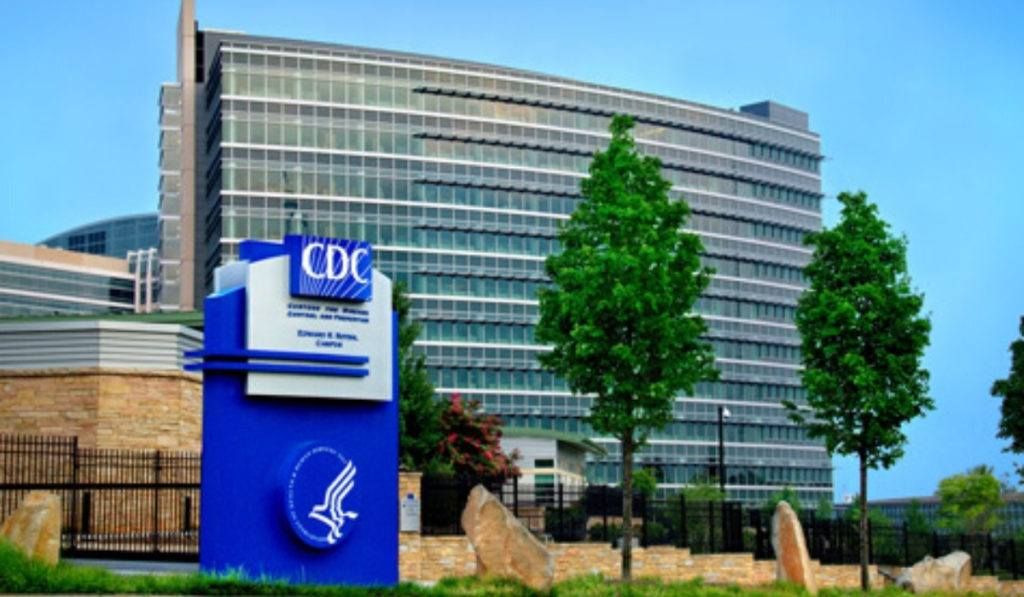
This guidance will be re-evaluated based on public health conditions and available scientific evidence no later than March 18, 2022, with subsequent updates as needed.
Cruise ship operators must notify the CDC of their decision to opt in by February 18, 2022. Cruise lines must also notify the CDC if they decide to opt out of this program.
Despite releasing this new plan, the CDC continues to classify cruise ships as a Level 4 activity, meaning individuals should avoid cruise travel at this time.
COVID-19 Program for Cruise Ships – Cruise Ship Color Status
Cruise ship operators that opt into this new COVID-19 Program for Cruise Ships will continue to receive a designation on the CDC’s Cruise Ship Color Status webpage.
Those that opt out will have their ships designated Gray. This designation means that the CDC has neither reviewed nor confirmed the cruise ship operator’s health and safety protocols.
U.S.-flagged cruise ships may follow CDC’s COVID-19 Program for Cruise Ships and receive a color status. However, U.S.-flagged ships not following this program will not receive a “Gray” status.
- Green Color Status indicates no reports of COVID-19 or COVID-19-like illness for 7 days.
- Yellow Color Status indicates COVID-19 or COVID-like illness has occurred in the past 7 days; though, the ship is below the CDC’s investigation threshold.
- Orange Color Status indicates the ship has met the CDC’s investigation threshold.
- Red Color Status indicates the ship is at or above the CDC investigation threshold for passenger and crew COVID-19 cases. Ships with red status may be subject to additional health and safety measures based on CDC investigation.

The CDC’s investigation threshold is now fewer than 0.30% of passengers and/or crew for passenger voyages. Or, less than 1.0% for ships with crew only. This percentage may include passenger cases occurring within 5 days of disembarkation if state or local health departments notified the CDC of these cases.
COVID-19 Program for Cruise Ships – Vaccination Status
Cruise lines that choose to participate in CDC’s COVID-19 Program must advise the CDC of the vaccination status classification for each participating ship.
The CDC’s vaccination status classifications are as follows:
- Not Highly Vaccinated: ships with less than 95% passengers and 95% crew who are fully vaccinated.
- Highly Vaccinated: ships with at least 95% passengers and 95% crew who are fully vaccinated, but with less than 95% of passengers and 95% of crew who are up to date with their COVID-19 vaccines.
- Vaccination Standard of Excellence: ships with at least 95% passengers and 95% crew who are up to date with their COVID-19 vaccines.
Per the CDC’s website, “up to date” is having received all recommended COVID-19 vaccines, including any booster dose(s) when eligible.
You are “up to date” with your COVID-19 vaccines when you have followed the current recommendations listed below.
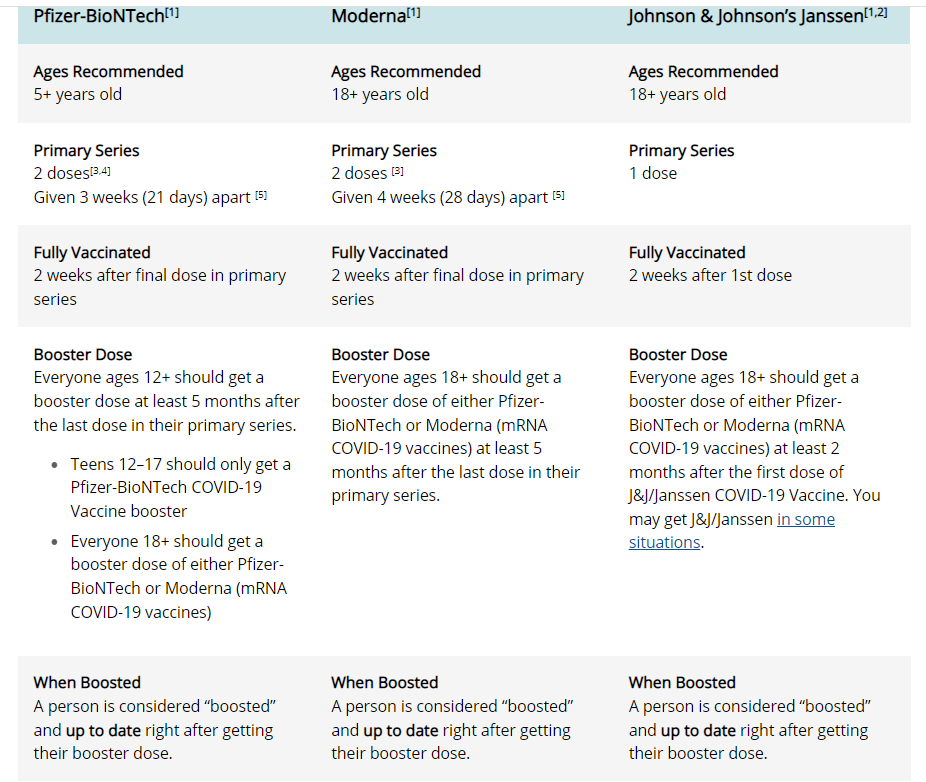
Ships adhering to the “Highly Vaccinated” or “Vaccination Standard of Excellence” classifications must maintain these thresholds for each voyage.
Per the CDC’s website, 103 ships are Highly Vaccinated and no ships are Vaccination Standard of Excellence thus far.
Implications of Vaccination Status Classifications Regarding Masks and Distancing
Cruise ship operators opting into CDC’s COVID-19 Program for Cruise Ships will need to continue to meet the requirements of the CDC’s January 29, 2021 Mask Order.
This order requires all persons to wear masks on conveyances entering, traveling within, or leaving the United States, and in U.S. transportation hubs.
Only ships classified as a Vaccination Standard of Excellence may relax mask policies. For ships with at least 95% of crew and 95% of passengers up to date with their COVID-19 vaccines, cruise lines do not have to require passengers to wear masks or crew to wear masks in crew only areas.
Additionally, cruise ship operators may also designate areas of the ship for up to date passengers and crew only.
For Vaccination Standard of Excellence and Highly Vaccinated ships, physical distancing requirements are only recommendations.
With this new classification in place, will the major cruise lines start to require booster doses?
COVID-19 Program for Cruise Ships – Passenger Embarkation Testing
Cruise ship operators opting into this new program will need to continue to monitor embarking guests for signs and symptoms and for close contact exposure.
At embarkation, passengers without full vaccination need to present a negative NAAT test taken no more than 3 days before boarding. Vaccinated or up to date passengers must either present a negative viral test taken no more than two days before boarding or get tested at embarkation. For fully vaccinated passengers, supervised at home tests are acceptable.
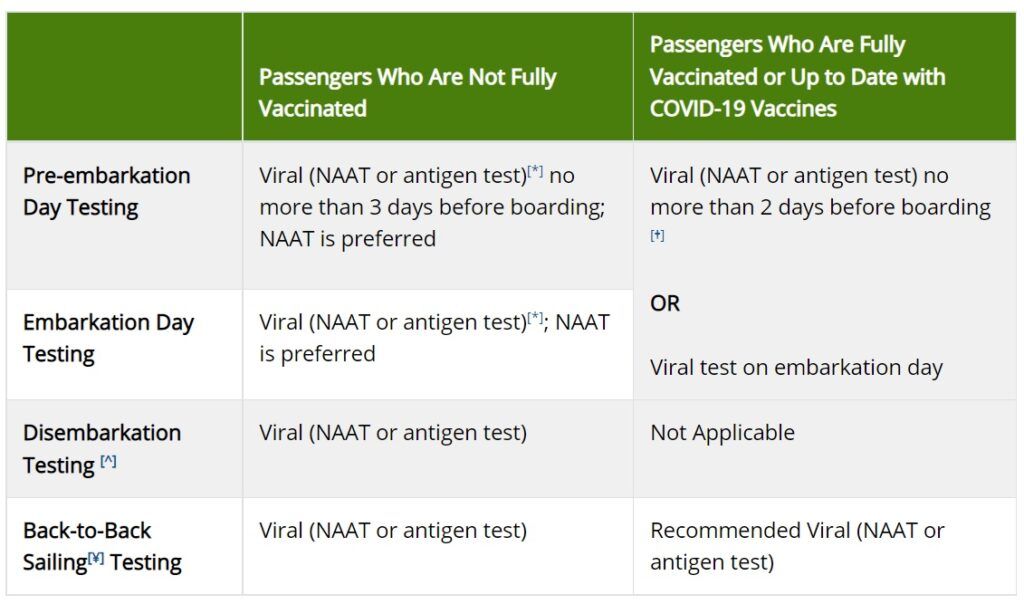
COVID-19 Program for Cruise Ships – Crew Embarkation Testing & Quarantine
All newly embarking crew still need to test as well. However, quarantine is no longer required for crew who are fully vaccinated and up to date with vaccines, unless they have been in areas with high level of transmission.
Routine testing of crew should occur based on the chart below.
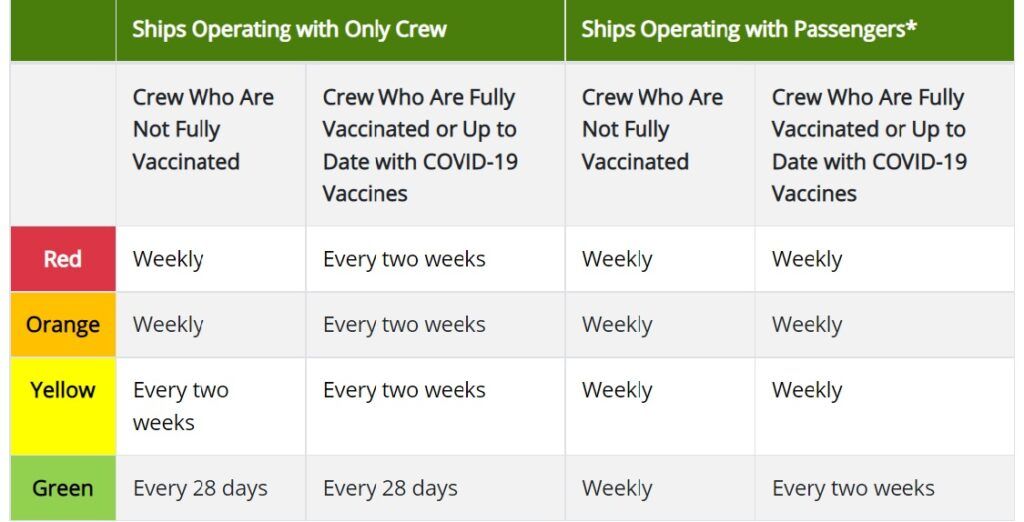
COVID-19 Program for Cruise Ships – Response Plans
Cruise ships opting into this new program must have a COVID response plan in place. This plan must include the following:
- Terminology that aligns with the CDC’s definition of “confirmed COVID-19,” “COVID-19-like illness,” “close contact,” “fully vaccinated,” “up to date with COVID-19 vaccinations,” “isolation”, and “quarantine” (including timeframes for isolation and quarantine).
- Protocols for onboard surveillance of passengers and crew with COVID-19 and COVID-19-like illness.
- Training for all crew on COVID-19 prevention, mitigation, and response activities.
- Protocols for onboard isolation and quarantine, including how to increase capacity in case of an outbreak.
- Protocols for COVID-19 testing that align with CDC technical instructions.
- Onboard medical staffing protocols. This includes number and type of staff and equipment in sufficient quantity to provide a hospital level of care.
- Procedures for disembarkation of passengers who test positive for COVID-19.
- Statement that the cruise ship operator has observed and will continue to observe all elements of its COVID-19 response plan including following the most current CDC recommendations and guidance.
COVID-19 Program for Cruise Ships – Surveillance
The CDC requires daily submission of the Enhanced Data Collection (EDC) During COVID-19 Pandemic Form. This form reports confirmed COVID cases and COVID-like illness onboard cruise ships.
In addition to this online form, cruise operators must continue to report to the US Coast Guard via Advance Notice of Vessel Arrival.
The CDC may publish this surveillance data on its website or in other documents to inform the public.
COVID-19 Program for Cruise Ships – Port Agreements
Cruise ship operators must continue to have port agreements with local health authorities where the ship intends to dock.
The agreement must include a port operations component, a medical care plan component, and a housing component.
The agreement must also include the total number of ships including maximum number of passengers and crew permitted to operate, make port, embark, or disembark. This should not exceed the local public health, port authority, or hospital ability to respond to an outbreak.
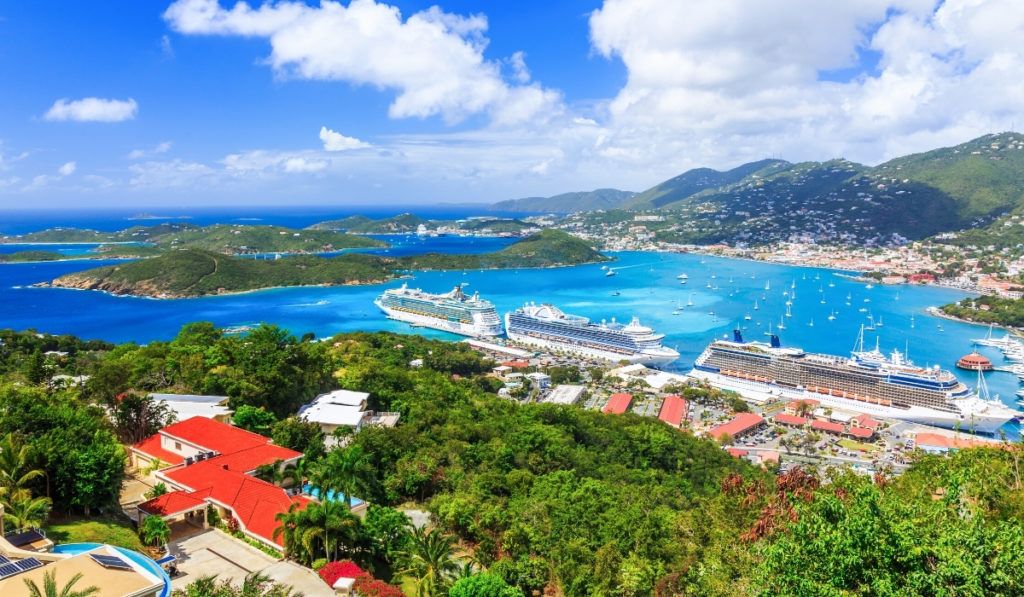
COVID-19 Program for Cruise Ships – Onboard Testing & Quarantine
All travelers onboard the cruise ship with signs and symptoms of COVID-19, regardless of vaccination status, must isolate and test for infection immediately.
On ships with a Vaccination Standard of Excellence classification, isolation may be discontinued for symptomatic travelers after 5 days from symptom onset, if they are fever-free for 24 hours and other symptoms have improved. Isolation may be discontinued for asymptomatic travelers after 5 days from date of first positive test and a negative antigen test collected on day 5.
On ships that do not have a Vaccination Standard of Excellence classification, isolation must continue for a full 10 days.
Close contacts should also be quickly identified and tested.
- On ships that have a Vaccination Standard of Excellence classification, close contacts must quarantine at least 5 full days after their last exposure. They must receive a viral test immediately and on day 5 before ending quarantine. If they remain asymptomatic after 5 days and both tests are negative, they may end quarantine.
- On ships that do not have a Vaccination Standard of Excellence classification, close contacts must quarantine until at least 10 days after their last exposure. They must receive a viral test immediately and on day 10 before ending quarantine. If they remain asymptomatic after 10 days and both tests are negative, they may end quarantine.
Individuals with COVID-like illness who initially test negative must still isolate per COVID guidelines. They can retest 24+ hours later and can discontinue isolation if second test is also negative.
COVID-19 Program for Cruise Ships – Medical Care
Cruise lines are responsible for the medical care of ill or infected persons on board, including those who need hospitalization.
Cruise ship operators should have clear protocols in place to disembark passengers needing medical attention. These protocols should employ the use of commercial resources (ship tender or chartered transportation) and not medical evacuation at sea.
Travelers who test positive for COVID-19 cannot travel commercially after they disembark from a ship until they have completed at least 5 days of isolation.
COVID-19 Program for Cruise Ships – General Prevention
- Implement physical distancing of crew members who are not up to date with their COVID-19 vaccinations when working or moving through the ship.
- Instruct crew members to properly wear a well-fitting mask when outside of individual cabins.
- Modify meal service to facilitate physical distancing (e.g., reconfigure dining room seating, stagger mealtimes, encourage in-cabin dining).
- Discourage handshaking – encourage the use of non-contact methods of greeting.
- Promote respiratory and hand hygiene and cough etiquette.
- Place hand sanitizer (containing at least 60% alcohol) in multiple locations and in sufficient quantities to encourage hand hygiene.
- Ensure handwashing facilities are well-stocked with soap and paper towels.
- Crew should remain up to date with their vaccines.
Yellow Status Preventative Measures
- Minimize the number of crew sharing a cabin or bathroom to the extent practicable.
- Instruct crew members to remain in cabins as much as possible during non-working hours.
- Cancel all face-to-face employee meetings, group events (such as employee trainings), or social gatherings.
- Close all crew bars, gyms, and other group settings.
- Expedite contact tracing.
- Close crew indoor smoking areas.
- Provide all crew members with well-fitting, high-quality masks or respirators, such as KN95s.
Orange Status Intervention Measures
- Require mask use by passengers when indoors and any crowded outdoor settings, regardless of vaccination status.
- Provide all passengers with well-fitting, high-quality masks or respirators, such as KN95s.
- Enhance testing of crew to every 48–96 hours.
- Implement a “working quarantine” (i.e., crew perform job duties then return to cabin quarantine) policy for crew who were not identified as close contacts.
- Reduce the dining cohort size for crew (to as few as 20 crew members per dining room) while ensuring physical distancing and shorter dining times.
- Maximize the introduction of outdoor air and adjust HVAC systems to increase total airflow to occupied spaces.
- Ensure physical distancing and maximize air circulation in crew outdoor smoking areas.
- Eliminate self-serve dining options at all crew and officer messes.
- Cancel crew shore leave.
- Test all passengers prior to the end of the voyage, regardless of their vaccination status.
- Send written notification to passengers on the current, previous, and subsequent voyages informing them of the COVID-19 conditions and measures being taken.
Comments
What do you think of the newly released CDC Voluntary COVID-19 Program for Cruise Ships? Do you think most of the cruise lines will opt in to this program? Drop us an anchor below to share your thoughts on this recent cruise news.
Stay up to date with the latest cruise news and travel updates!






